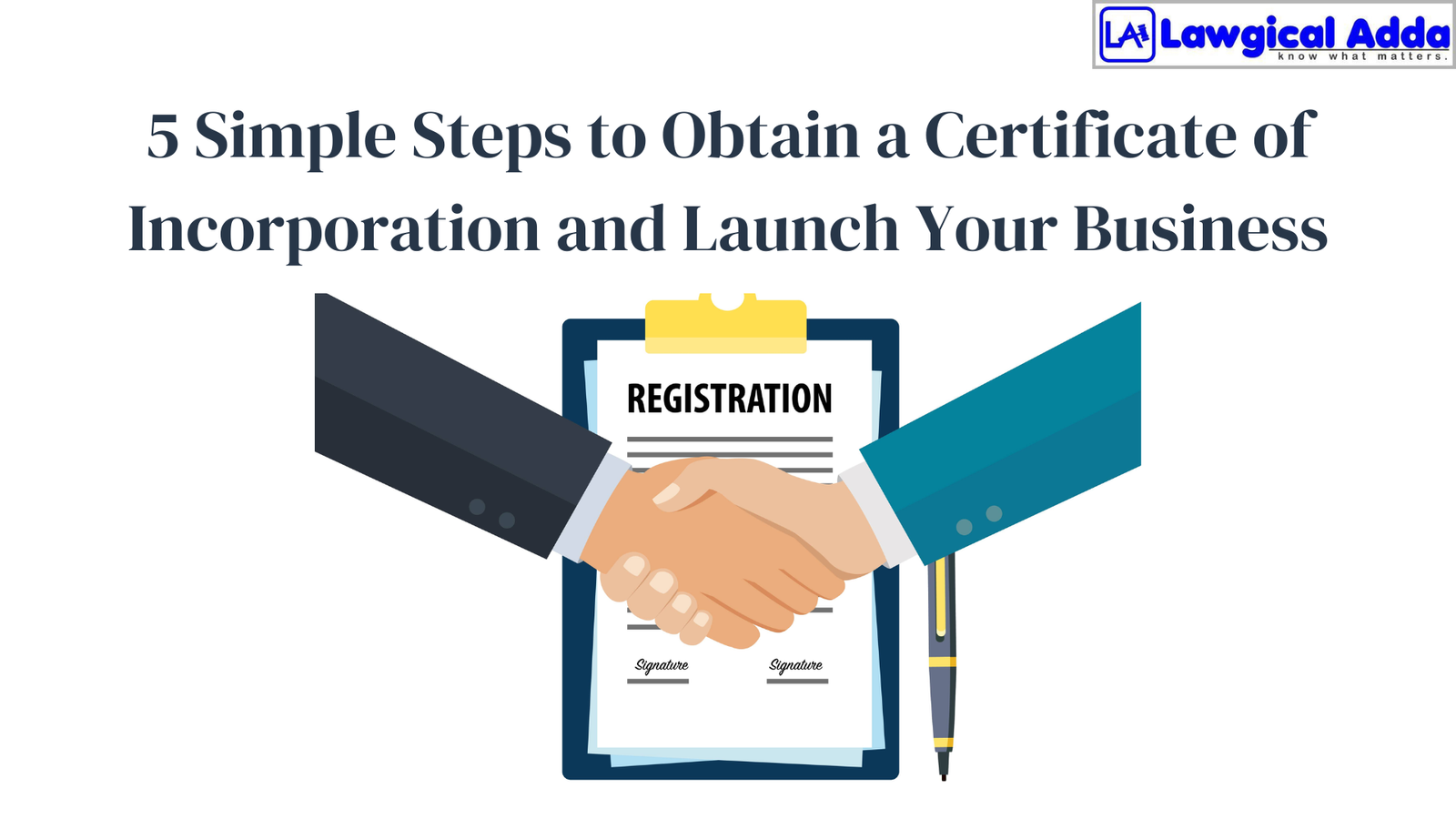Clause of Object in the Memorandum of Association

Table of Contents
Introduction
The Memorandum of Association is the paramount document of the firm. It specifies the purpose for which the firm was established. It encompasses the entitlements, advantages, and authorities of the firm. Therefore, it is referred to as ‘the company’s charter.’
The document is regarded as the corporate constitution. It establishes the company’s interaction with the external environment. The company’s whole business operations are structured in line with the Memorandum of Association.
It is important to note that the corporation is restricted from participating in any business or activity that is not explicitly mentioned in the memorandum. The entity is limited to exercising just the powers explicitly stated in the memorandum.
What is Object Clause of Memorandum of Association?
This clause outlines the purpose for which the company is established. Because it is difficult to amend the object clause later, it is crucial that it be drafted with precision.
This clause should encompass all potential business activities the company might undertake in the future, including both primary objectives and supplementary goals.The object clause must clearly specify the following:
- The company’s main objectives to be pursued upon its incorporation
- Auxiliary or ancillary objectives that support the achievement of the main objectives
- Any other objectives that do not fall under the above categories.
For corporations, particularly those whose operations are not confined to a single state, it is necessary to specify the geographical scope within which the company intends to operate.
Given these requirements, object clauses are often comprehensive and detailed, as companies seek to include a wide range of activities to avoid potential limitations in the future.
Typically, they also incorporate a broad ‘catch-all’ provision, allowing the company to engage in activities incidental or ancillary to its stated objectives.
Purpose of Object Clause of Memorandum of Association
The object clause is the most critical provision in the Memorandum of Association, as it not only specifies the objectives for which the company is established but also delineates the scope and powers that the company can exercise to achieve those objectives.
Stating the company’s purpose in its Memorandum of Association is not merely a legal formality; it holds significant practical importance for several reasons:
- Protection of Shareholders and Investors: The object clause provides clarity to shareholders and investors, ensuring they are aware of how their funds will be utilized. It also guarantees that their investments will not be diverted into unrelated business activities.
- Creditor Safeguards: The object clause safeguards creditors by ensuring that company resources are not allocated to unauthorized activities, thereby protecting their interests.
- Public Interest: By confining the company’s activities within the boundaries specified in the object clause, it serves the public interest. This restriction prevents the company from diversifying into areas unrelated to its foundational purpose.
A company may select any object for its formation, provided that:
- It does not violate any laws.
- The object is ethical and not contrary to public policy.
- It does not include any provisions that contravene the Companies Act, 2013.
- It avoids ambiguous language,
- It clearly articulates the primary objectives and includes all necessary elements to promote those objectives.
Altering the Object Clause of Memorandum of Association
The establishment of the object clause is a vital stage in the process of registering a business. Section 13 of the Companies Act, 2013, together with Rule 29 of the Companies (Incorporation) Rules, 2014, specifies the process for changing the purpose clause of a company under the Companies Act, 2013.
The Memorandum of Association (MOA) is a crucial legal document that outlines the extent of the company’s economic activity and establishes the connection between the firm and its shareholders, including their rights and interests.
The Memorandum of Association (MOA) contains object provisions that precisely define the goal of the firm and the scope of activities it is authorized to engage in. After a business has been registered, it has the option to revise its object clause, which would need a change of the Memorandum of Association (MOA). The revisions are governed by Section 13 of the Companies Act, 2013.
The document outlines the specific goals and purposes for which the company was established, as well as any other issues deemed essential to facilitate the achievement of these objectives.
Procedure for Altering the Capital Clause of Memorandum of Association
An amendment to the Memorandum of Association (MOA) is necessary to modify the capital clause of a company, which is a substantial change to the company’s fundamental document. The procedure for modifying the capital clause is delineated in the subsequent steps:
Step1: Board Approval
First, the proposed alteration to the object clause of the Memorandum of Association (MOA) must be approved at a Board Meeting.
Step 2 : Pass a Special Resolution
A special resolution must be passed at an Extraordinary General Meeting (EGM) to amend the MOA. If the company has raised funds from the public via a prospectus, additional disclosure requirements must be met. Specifically, the special resolution should detail:
- The total funds received from the public through the prospectus.
- The total amount utilized for the objectives stated in the prospectus.
- The unutilized funds remaining from the total received.
- The details of the proposed changes to the object clause.
- The rationale behind the changes.
- The amount proposed for the new objectives.
- The estimated financial impact of the proposed changes on the company’s earnings and cash flows.
- Any other relevant information.
Step 3: Postal Ballot
The special resolution must be obtained via a postal ballot. Members will receive a notification containing the above details.
Step 4: Publication and Communication
The special resolution must be published in newspapers—one in English and one in the local language at the company’s registered office. Additionally, the resolution should be placed on the company’s website. Shareholders dissenting from the resolution are offered an opportunity to exit.
Step 5: Disclosure Requirements
If the company has not received funds from the public or if all received funds have been fully utilized, the company is not required to provide the detailed disclosures mentioned above. In such cases, passing the special resolution suffices.
Step 6: Filing Form MGT-14
Lastly, the company is required to inform the Registrar of Companies (RoC) of the capital The authorized director or company secretary must file Form MGT-14 with the Registrar of Companies within 30 days of passing the special resolution.
Step 7: Obtain New Certificate of Incorporation
Upon receipt of Form MGT-14, the Registrar of Companies will conduct a compliance check. Once satisfied, the Registrar will register the changes and issue a new certificate of incorporation. The amendment to the object clause is only complete upon receiving this new certificate.
Step 8: Incorporate the Change
After receiving the new certificate of incorporation, the company must update all copies of the MOA to reflect the amendments.
Conclusion
The Memorandum of Association is a crucial document that is mandatory for any corporation. The regulations must not beyond the authority granted to the firm as outlined in the Memorandum of Association. The firm must maintain it, as it provides guidance to the company in all aspects.
It also aids in overseeing the company’s administration. It is an essential component in establishing a corporation. In the event of a modification, the company is obligated to adhere to the legal procedures outlined in the Companies Act 2013.
Furthermore, the Memorandum of Association must include the specific objective for which the company was formed, as well as any other essential provisions required for its growth and progress. These aims are explicitly stated in the company’s object clause of the Memorandum of Association.
If you’re dealing with the complexities of amending your Memorandum of Association or navigating other legal matters, Lawgical Adda is here to assist! Our expert team is ready to guide you through every step of business registration and compliance, whether you’re starting a new venture or managing an existing one.
Don’t let legal challenges hold you back contact Lawgical Adda today for clear, confident, and efficient solutions!








